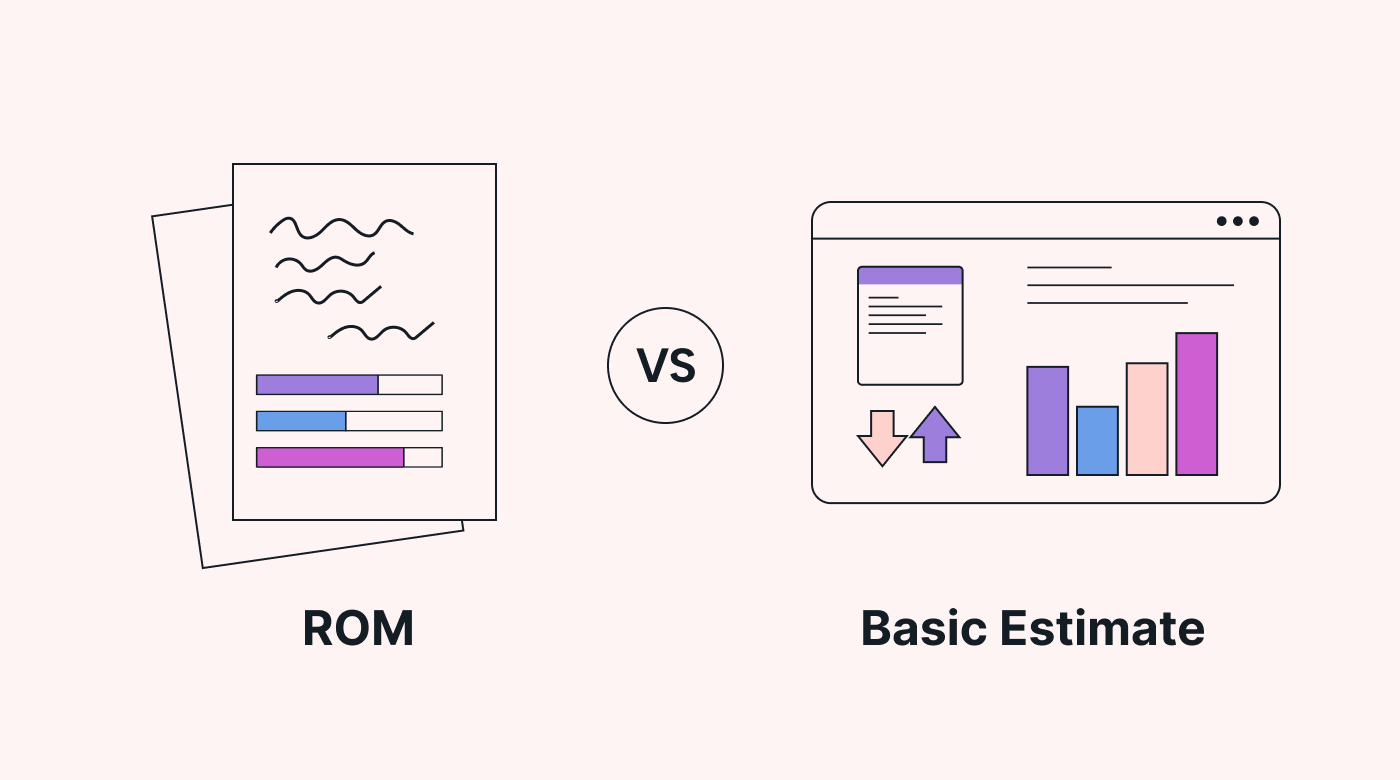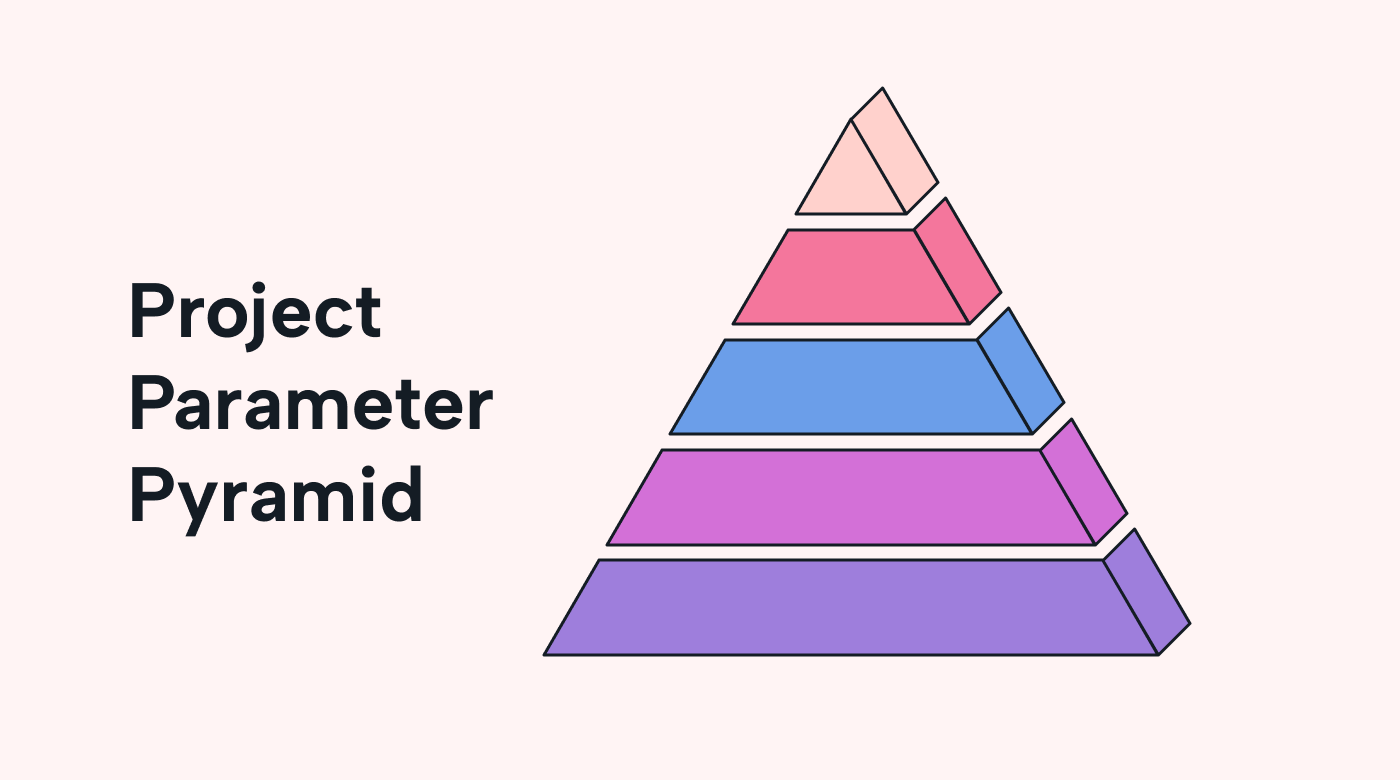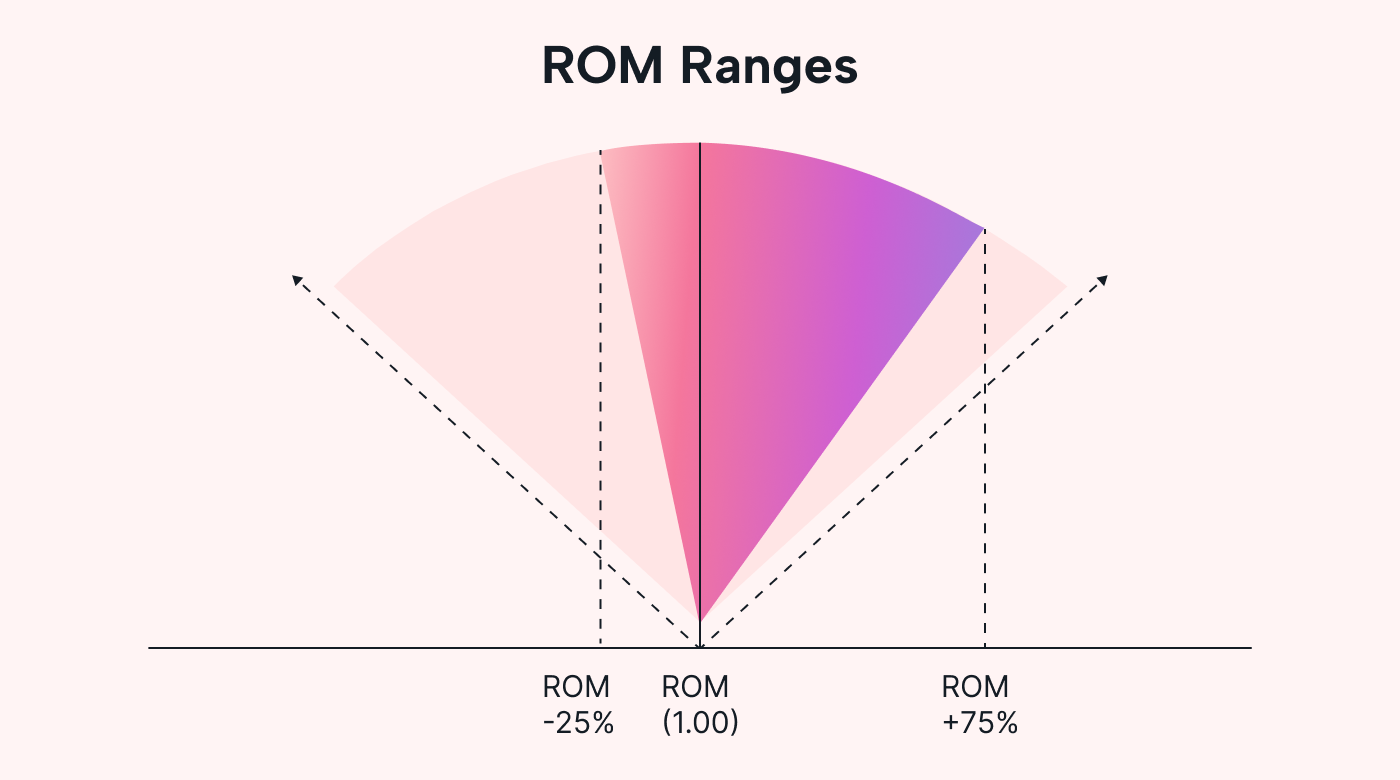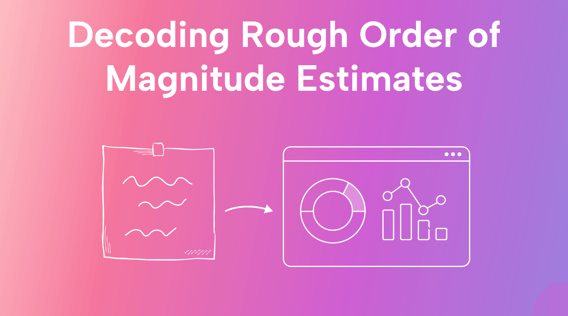Often, projects have a lot of “pre-planning” and estimating. For project managers in the 1980s, this involved multiple meetings, stern conversations, and some notes scribbled on a parchment, napkin, or sticky note.
While we might not recommend following that approach, we do recommend using a rough order of magnitude to help you gauge the cost of new projects. This can help you save time, resources, and worry.
Join us as we unravel the layers of ROM estimates and explore their mathematical foundations, practical applications, and how to use this data.
What is an order of magnitude?
If you're into numbers or just a bit curious about them, you might have stumbled upon the term “order of magnitude.”
It sounds complex, but it's a neat trick that helps us wrap our heads around massive numbers without getting lost in the details.
Imagine you're faced with a gigantic number, like the universe's age or the size of a tardigrade (really small animal). These numbers are so huge or tiny that they're hard to grasp directly. That's where the order of magnitude comes in. It's like a magnifying glass for numbers — not to make them exact, but to make them understandable. Especially until you know for sure.
What is the rough order of magnitude estimate for projects?
The ROM estimate is a quick glimpse that helps leaders wrap their heads around what they're getting into. If you're gearing up to tackle a new project, ROM estimates are a way to get a sense of its scope and complexity before more accurate planning.
ROM estimates are often done in the initial stages of project screening. The ROM estimates don't replace detailed planning; they give higher-ups a glimpse at what's coming when deciding on new projects.
This estimation is a way to gauge the level of effort required, the probable cost, and the resources that might come into play. For example, let's say you're developing a new software application. Before planning, you use a ROM estimate to quickly predict how much it'll cost to whip up the app and what kind of talent (developers, designers, testers) you'd need.
Rough order of magnitude vs. other estimates
Now, let's dive into how ROM estimates compare to other rough estimates. Here, the estimates build on each other, like different stages of planning, each one adding more detail and accuracy.
It starts with the ROM estimate. Its range is intentionally wide, from -25% to +75% or more.
 |
Next in line is the budget estimate. This one can be used properly after you've defined your project's scope and requirements at a higher level. It's like a cash allocator, determining how much funding each part of the project gets. Compared to ROM, it's more accurate, aiming for a range of -10% to +25%.
After that, you get a definitive estimate. With a slim accuracy range of -5% to +10%, the definitive estimate is a laser-focused guide for resource allocation and risk management. This accurate estimate happens when your project's scope and requirements are crystal clear. It breaks down costs, from labor to equipment, leaving no stone unturned.
The math behind ROM estimates
ROM estimates combine historical experience, expert insights, and a sprinkle of informed guesswork.
To whip up a ROM estimate, you should first identify the key ingredients: the project's scope, its complexity, and its size. To do this, you'll need to dig into records of similar projects and find the numbers and results. These projects are like your reference points. When you compare your current project to these historical ones, you create a preliminary benchmark.
Let's say you're planning to construct a new office building. After defining the scope, you'd look at data from past office building projects — like the number of floors, square footage, and the materials used. This historical data gives a rough idea of the effort and cost involved.
ROM estimates are about more than painting a precise picture. Why? Because early-stage project planning is like trying to predict the weather months in advance — there are bound to be surprises.
That's why there is so much flexibility baked into ROM estimates. Their wide range (-25% to +75% or more) acknowledges that projects can zigzag in unexpected directions. Think of this range as your project's safety buffer. If things go well, you're in the green; if unforeseen challenges crop up, you're still in the safe zone.
Steps to calculate ROM Estimates
Now, let's transform theory into action.
Here's a simple guide to walk you through the process of calculating a ROM estimate:
Scope definition
Before you can estimate, you must know what to estimate for. This all begins with clearly defining the project scope.
Articulate the goals and objectives of your project and answer these questions to help you figure it out. What do you intend to achieve? What's the result you're aiming for?
Once you have that, you need to outline the specific deliverables that your project will produce. These are the tangible outcomes given to stakeholders once the project is complete. Make educated guesses about things that aren't fully known yet. Don't worry, these are just temporary until more project details emerge.
Next, think about any restrictions. These could be project budget constraints, time limits, or specific tools you need to use.
And then clearly define the boundaries of your project. This means stating what's included in your project and what's not.
Historical data analysis
Next up comes the part where you gather historical data. Your starting point? Previous projects that share similarities in size, complexity, and scope, you just defined.
Let's say you're planning to create a new software application. To fuel your data analysis, you'd dig into records of previous software projects that match your anticipated scale. Look at aspects like the number of features, lines of code, and development time; these will validate your rough estimate.
Parameter identification & estimation (internal scope definition)
Projects often face an intricate web of parameters influencing their cost and timeline. This step is about understanding these parameters and how to estimate their impact. While it might sound daunting, this step helps to create a ROM estimate that's both insightful and practical.
Here, we are going to break it up into two stages: identify and estimate impact.
1. To identify the parameters, consider the factors that can make or break your estimate/project.
The most common parameters include:
- Labor
- Materials
- Technology requirements
- Scope
- Potential Risks
 |
2. Once you've identified these parameters, it's time to estimate their potential impact. You can also rank them in a parameter pyramid like the one above.
To do this, follow along below:
- Labor: How much time will your project team spend on the project, and what's their hourly rate?
- Materials: Calculate the costs of the resources you've identified earlier.
- Technology requirements: Research the costs of the specific tools or technologies required.
- Scope: Think about how the defined scope affects each parameter. Does it require more labor, materials, or specialized tools?
- Potential risks: Make educated guesses about the potential cost and time impacts if these risks materialize.
Calculate your range
Now, we're ready to calculate our preliminary ROM estimate.
To start, combine the estimated parameters of effort and cost. Integrate the labor, materials, technology requirements, scope, and potential risks you've identified.
The key idea here is to provide a range of values, not a single fixed estimate. You do this to account for the uncertainties that are common in the early stages of project planning. So instead of giving a single exact number, like saying the project will cost precisely $40,000, you're going to provide a range, such as $30,000 to $70,000.
Documentation and communication
Once you've calculated your preliminary ROM estimate, it's time to document your process and communicate the cost estimate to stakeholders.
Write down your calculations, assumptions, and the reasoning behind your estimate. This helps you keep track of your thought process and provides a clear record for future reference.
Now, let's talk about sharing the estimate with others involved in the project. Share the ranges you have achieved with the stakeholders. For instance, if your estimate suggests $30,000 to $70,000, explain that the cost could fall anywhere within this span.
Example of the ranges of rough order of magnitude
Let's walk through an example better to grasp the practical side of a ROM estimate.
 |
Imagine you've crunched the numbers for your project, and your ROM estimate lands at $100,000. Let's apply the formula to determine your upper and lower boundaries.
The upper boundary represents the high end of your estimate, factoring in a potential 75% increase. So, you'd calculate:
- Upper Boundary = ROM Estimate x (1 + 75%) = $100,000 x 1.75 = $175,000.
The lower boundary stands for the low end of your estimate, accounting for a 25% decrease. Calculate it like this:
- Lower Boundary = ROM Estimate x (1 - 25%) = $100,000 x 0.75 = $75,000.
In this scenario, your ROM estimate of $100,000 ranges between $75,000 and $175,000.
Looking ahead with ROM
Rough Order of Magnitude estimates aren't just numbers but tools for informed decisions. ROM estimates are excellent as a starting point for project discussions and planning. And by continuously refining your estimations, you'll improve your accuracy over time.
In the age of advanced project management tools, harnessing the power of data and experience has never been easier. Platforms like Motion offer features that streamline the collection of expert opinions and historical data.
Motion’s AI booking manager automatically arranges meetings for you and everyone involved in the ROM estimate. It calculates the best time for those involved and can be used to capture any meeting notes or create follow-up tasks to get the ROM approved.
Ready to try out Motion yet? Grab your 7-day free trial.





